The expression of the grindability of hand-brewed coffee, how to distinguish between coarse and fine sugar
From the beginning to the end, we do not have a clear description of the thickness of the degree of grinding. So when people talk about the degree of grinding, there will be a variety of different expressions, some people will use "fine sugar" to describe it, some people are used to using the scale size of the bean grinding equipment, and others use the sieving rate as in the front street. Although these methods have some limitations, their ultimate goal is the same, in order to better understand the size of coffee powder particles.
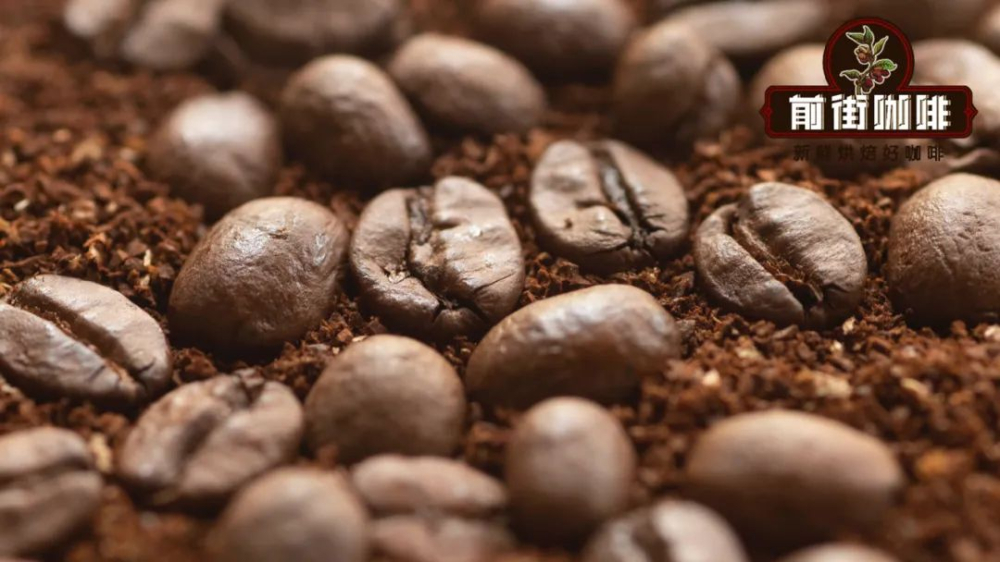
The scale reference method uses the scale value of the bean grinder to do the thickness parameters of the coffee powder. generally speaking, it takes the current popular and universal bean grinder as the description reference. For example, the 7 scale of EK-43, the 26 frame of C40 and so on.
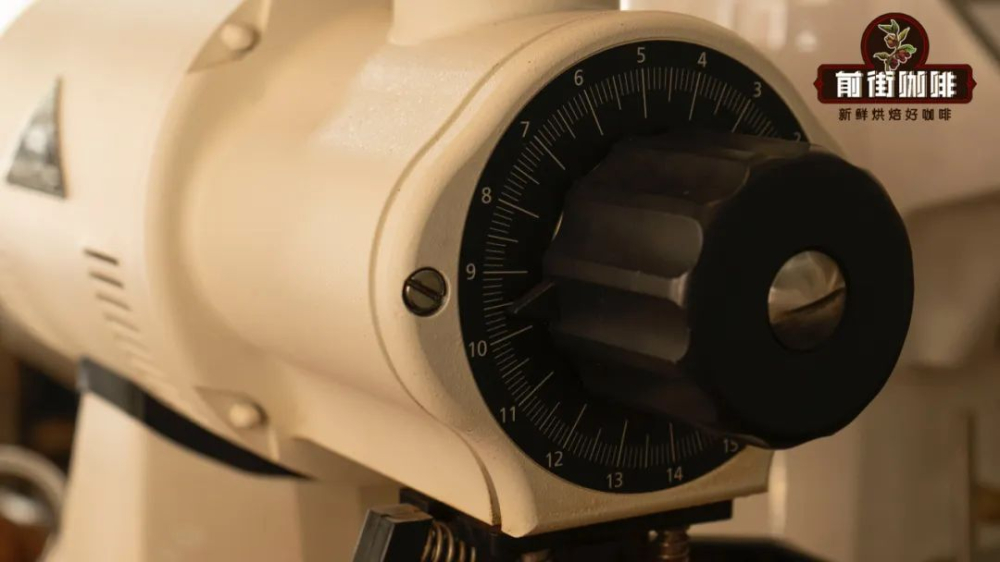
It is a reference method with big drawbacks, and the dazzling variety of bean grinders on the market makes buyers less likely to hold the same model. The grinding values of different models are different, and the coffee powder ground by different bean grinders will be particles of different sizes at the same scale. When you have the same type of grinding equipment, because its installation, use and maintenance status are different, then, even if the same scale is still difficult to be used as a reference standard. If the two sides hold different bean grinders, it will be more difficult to apply this reference method. Visual analogy is that we use some common objects to compare the grinding thickness of coffee powder. Coarse sugar and fine sugar are the most commonly used adjectives of grinding degree.
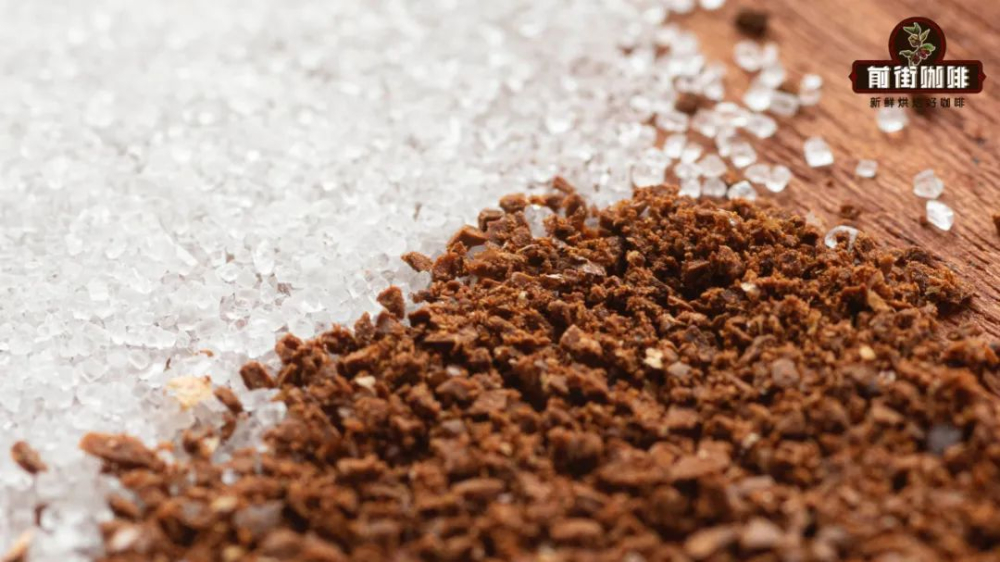
This kind of description is the most direct reminder of the size of the degree of grinding, but it is also an "unreliable" description, because it is difficult for human eyes to distinguish between small objects. when our eyes are attracted to some focus objects, it's easy to ignore other details. Take a small example: if you use a hand bean grinder to grind a finer coffee powder, there will be more or less larger-looking particles, and these particles will easily attract your attention and make you mistakenly think that this "coarse sugar" is ground. But it is actually the grinding degree of "fine sugar" particles. The eyes mislead your judgment, which invisibly increases the probability of error. Therefore, in the preliminary judgment of the degree of grinding, we can spread out the coffee powder, observe the whole, and reduce the error rate to the lowest. The screen calibration method is the most common one in the front street articles, which is mainly used to calibrate the cup measurement and the grinding degree judgment of hand punch thickness. The front street uses a No. 20 standard screen with an aperture of 0.85mm. This screen is not used to screen fine powder, it is mainly used to judge the degree of grinding.

Its advantage is that the replication is strong, as long as the screening rate is found, different bean grinders can also find the same grinding degree. The disadvantage is that it is a bit of a waste. The way to use it is to take 10g coffee beans (or a multiple of 10, which is convenient for calculation, the more the powder is, the more accurate the data is), choose a grinding degree to grind, then pour the ground coffee powder into the sieve, and then shake it! Shake it horizontally, left and right! Shake until the particles no longer fall significantly (usually 3mi for 5 minutes). The falling particles are then weighed and the screening rate can be obtained by dividing the weight of the powder by the total amount of powder.
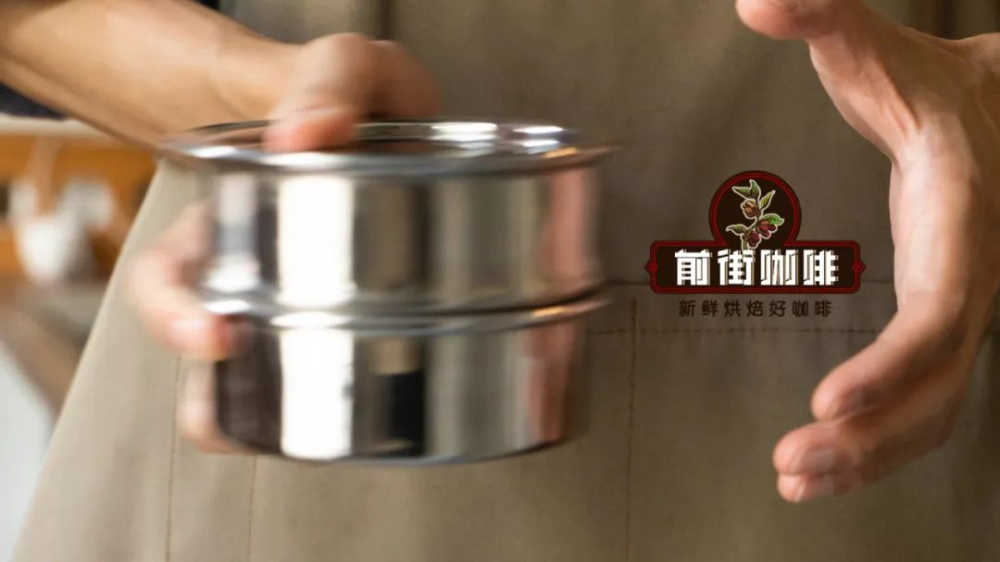
To a chestnut: we use 10g powder, through the amount of powder is 8g, then the over-screening rate is 80%, if we want to reach 90%, we can improve its over-screening rate by fine grinding. No matter what the reference method, the parameters given are ultimately to reduce the trial and error of new contact with beans. For example, the size of coarse sugar or the over-screening rate of 80% of the screen can enable us to roughly adjust the grinding to a suitable range before brewing, combined with the speed of water and the time of extraction when we brew. Eventually, we can consume less coffee beans to adjust the grinding parameters that are most suitable for it.
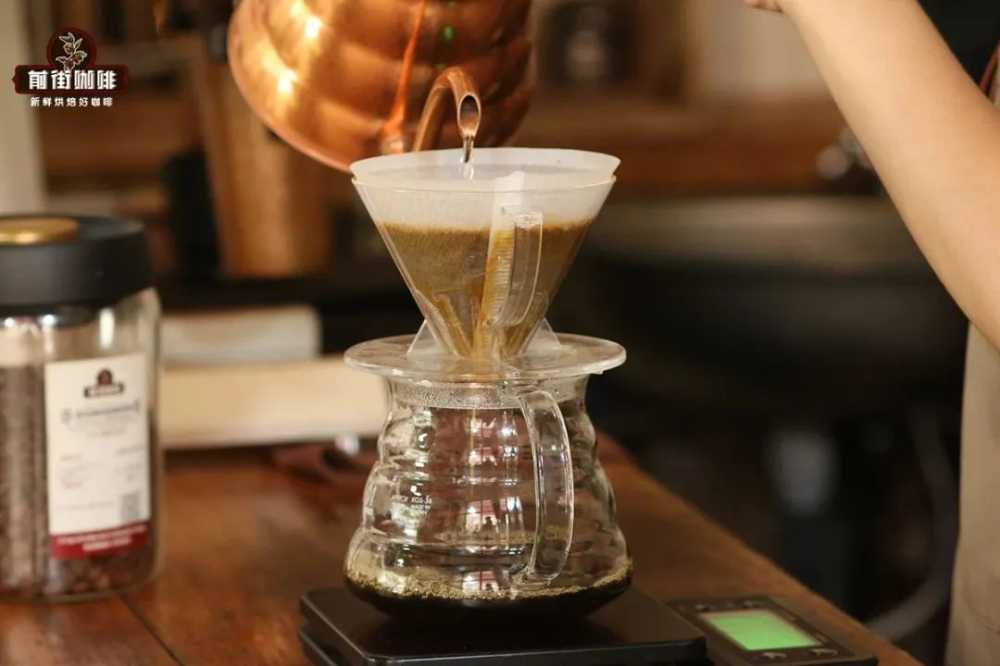
-END-
Front Street Cafe
No. 10 Baoqian street, Yandun road, Dongshankou, Yuexiu district, Guangzhou, Guangdong province
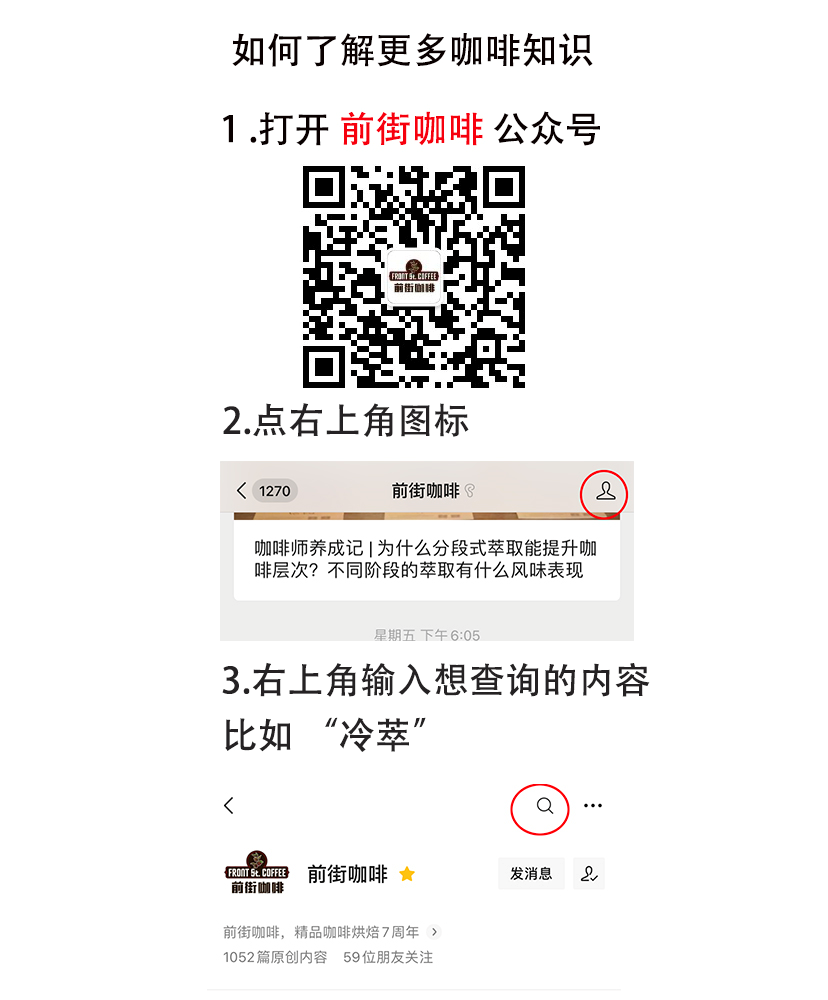
Important Notice :
前街咖啡 FrontStreet Coffee has moved to new addredd:
FrontStreet Coffee Address: 315,Donghua East Road,GuangZhou
Tel:020 38364473
- Prev

Why does the coffee smell so bad? What are the properties of the aroma and aromatic substances of coffee
When we walk into a cafe, we are easily attracted by the aroma of coffee in the air, especially when grinding coffee beans. We can't wait to order a pot to feel the aroma of coffee. However! The moment the coffee came into the mouth? What is this
- Next

What's the use of the exhaust valve on the coffee bag? Can the exhaust valve squeeze and smell incense?
Squeeze, pinch, it will have so much aroma spurted out of the pinch. Many people may have observed that when buying coffee beans, customers will first put their nose in front of the only hole in the bag, squeeze the bag with their hands and smell the gas squeezed out of the hole. I've read "Why doesn't the coffee smell good?
Related
- Why does hot American coffee taste bitter? Difference in proportional concentration between hot American and ice American
- Is espresso stored overnight in the refrigerator harmful to your body? Is frozen coffee better than freshly ground coffee?
- What parameters and proportions of water temperature should be used to grind and brew fresh coffee beans? Why can't I drink freshly roasted coffee right away?
- Customers have "changed" Manner's new products! Shop assistant: Please don't mess around!
- Remove sockets in customer areas at Starbucks stores?! Netizen: I won't go if I really tear it down
- What is the difference between the taste steps of sun-dried coffee and washed coffee? Why is sun-cured coffee sweeter and washed coffee sour?
- The recipe for salty grapefruit dirty is revealed! Coffee Festival salty grapefruit dirty coffee making materials parameters ratio milk share!
- How about the flavor of Sunlight 74158 at Sidamo Banshaha Mathieu Processing Factory in Ethiopia? 74158 Share the proportion of coffee brewing parameters!
- What effect does Italian American coffee with filter paper have? Will coffee taste better if it is put on filter paper at the bottom of the powder bowl?
- What is the color difference in coffee beans? What are the characteristics of honey processed coffee beans? Why are the anaerobically treated coffee beans uneven in color?

